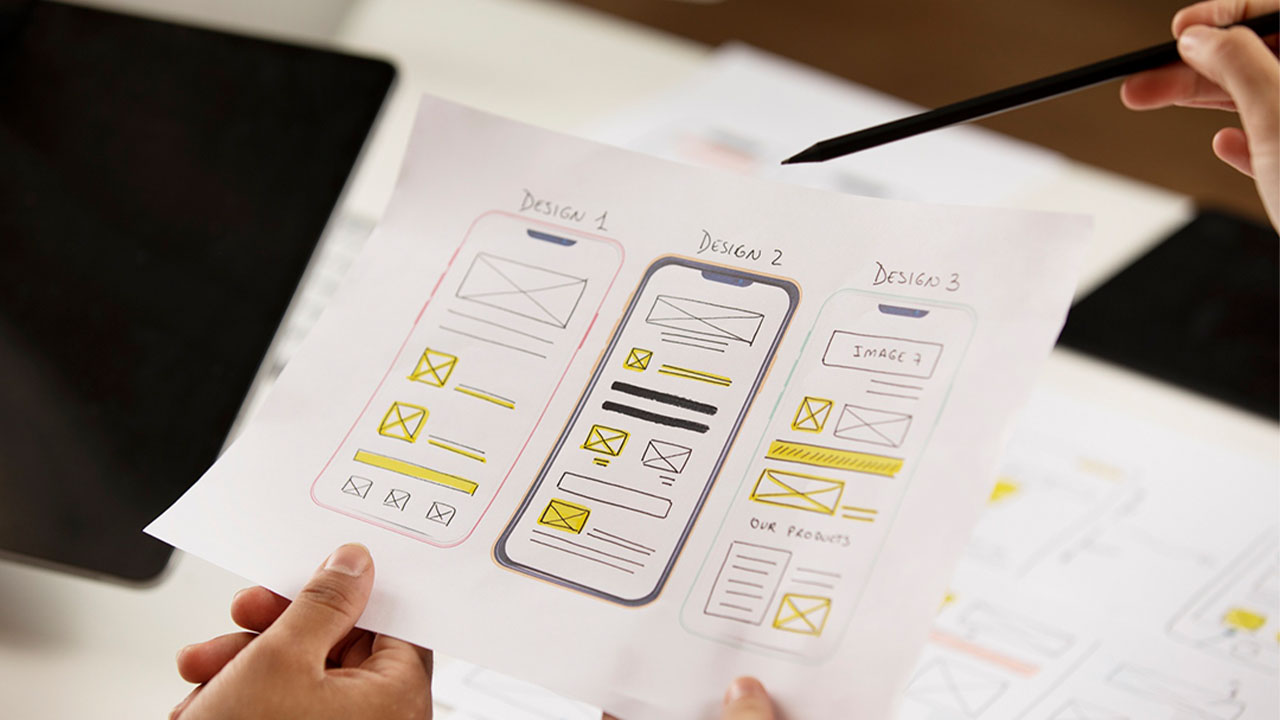In the fast-paced world of technology, user experience (UX) plays a crucial role in determining the success of mobile and web applications. The evolution of user-centric design in app development has transformed how developers approach usability, accessibility, and engagement, ensuring apps meet the needs of end users effectively.
1. The Early Days of App Design
When mobile applications first emerged, functionality was the primary focus. Early apps had minimal design considerations, often prioritizing features over user experience. Navigation was not always intuitive, and many applications lacked visual appeal or user-friendly interfaces.
Key characteristics of early app design included:
- Basic UI elements with little customization
- Complex navigation structures
- Limited user feedback mechanisms
- Poor accessibility considerations
However, as the demand for mobile applications grew, developers began to realize the importance of putting users at the center of the design process.
2. The Rise of User-Centric Design
The shift toward user-centric design started as companies recognized that users were more likely to engage with apps that offered seamless navigation and intuitive interfaces. This approach placed emphasis on:
- User research: Understanding user behaviors, preferences, and pain points.
- Wireframing and prototyping: Creating early models to visualize the user journey before full-scale development.
- Usability testing: Iterating designs based on real user feedback to enhance the experience.
Popular frameworks such as Material Design (by Google) and Human Interface Guidelines (by Apple) introduced standardized principles that helped developers create aesthetically pleasing and functional apps.
Also, learn more about the What is UX/CX Design?
3. Modern Trends in User-Centric Design
The evolution of user-centric design in app development continues to be driven by emerging technologies and user expectations. Some of the key trends shaping modern app design include:
1. Personalization
Apps now leverage AI and machine learning to deliver personalized experiences based on user preferences, search history, and interactions. Features such as recommended content, customized dashboards, and adaptive interfaces enhance engagement.
2. Minimalist and Intuitive UI/UX
Modern apps follow a minimalist approach, eliminating unnecessary elements to create clean, distraction-free interfaces. Gesture-based navigation and simplified layouts make apps more user-friendly and accessible.
3. Accessibility and Inclusivity
Ensuring apps are usable by individuals with disabilities has become a priority. Features like voice control, screen readers, and adjustable text sizes improve accessibility, making apps inclusive for all users.
4. Voice and Conversational Interfaces
With the rise of voice assistants like Siri, Alexa, and Google Assistant, many apps now integrate voice commands to enhance usability. Conversational UI elements, such as chatbots and AI-driven customer support, have also become common.
5. Augmented Reality (AR) and Virtual Reality (VR)
Apps in industries like retail, healthcare, and gaming have started using AR and VR to create immersive user experiences. Virtual try-ons, interactive 3D elements, and real-world simulations redefine how users interact with apps.
6. Dark Mode and Adaptive Themes
User-centric design now includes theme customization, allowing users to switch between light and dark modes based on their preference. This enhances usability, reduces eye strain, and improves battery efficiency on mobile devices.
Attention: Revolutionize Your App with User-Centric Design! Focus on what matters most your users. Create intuitive, engaging, and personalized experiences that keep them coming back. Ready to elevate your app? Contact us today and make user-first design your competitive edge!
- Explore Our Work: Our Work
- Reach Out Today: eCare Infoway
The Future of User-Centric Design in App Development
As technology advances, the evolution of user-centric design in app development will continue to be influenced by factors such as:
- AI-driven UX enhancements for predictive navigation and automation.
- Ethical design focusing on privacy, security, and transparent data usage.
- Cross-platform consistency ensuring seamless experiences across devices.
Developers and designers must stay ahead of these trends to create applications that not only meet but exceed user expectations.
Conclusion
The evolution of user-centric design in app development has significantly improved how users interact with digital products. From early, function-focused applications to today’s AI-driven, personalized experiences, user-centered design remains at the heart of successful app development. As new technologies emerge, prioritizing usability, accessibility, and engagement will be crucial for shaping the future of mobile applications.




